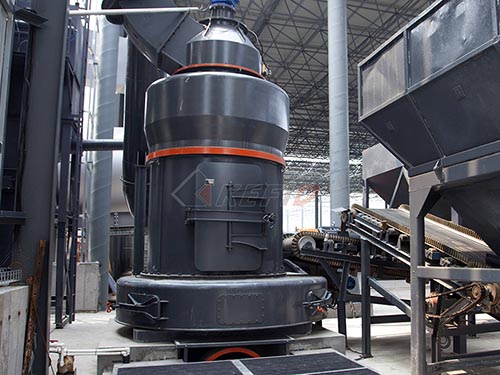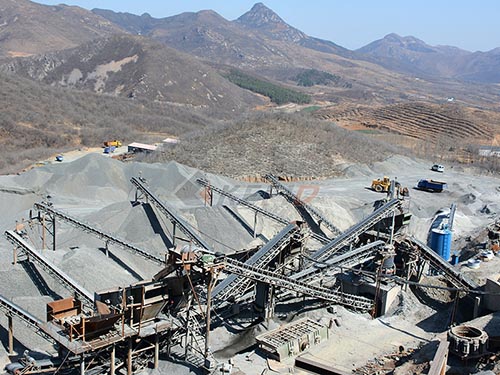Copper Ore Crusher: The Indispensable Workhorse of Mineral Processing
Copper, the cornerstone of modern electrification and industrial progress, begins its journey deep within the earth as raw ore rock containing valuable copper minerals locked within vast amounts of worthless gangue material. Liberating these valuable minerals efficiently and economically is the fundamental purpose of mineral processing plants worldwide. At the very heart of this liberation process stands an unassuming yet utterly critical piece of equipment: the Copper Ore Crusher. This article delves into the types, functions, selection criteria, operational considerations, and vital role these machines play in transforming raw rock into valuable copper concentrate.
The Imperative of Crushing
Copper ore extracted from mines varies tremendously in size – from massive boulders several meters across down to fine particles embedded within clay matrices. Before any further processing – grinding for liberation or concentration via flotation – can occur effectively, this ore must be reduced significantly in size.
1. Liberation: Copper minerals (like chalcopyrite CuFeS₂, bornite Cu₅FeS₄, chalcocite Cu₂S) are typically finely disseminated within host rock minerals (like quartz, feldspar). Crushing breaks down larger rocks into smaller fragments where these valuable grains become exposed at particle surfaces.
2. Feed Preparation: Downstream processes like grinding mills (ball mills, SAG mills) require feed material within a specific size range for optimal efficiency and throughput.
3. Handling & Transport: Reducing large rocks makes conveying via belts or feeding into subsequent stages significantly easier and safer.
4. Leaching Efficiency: For hydrometallurgical routes (Heap Leaching), controlled crushing ensures optimal particle size distribution for efficient chemical solution percolation.

The Arsenal: Types of Copper Ore Crushers

No single crusher type suits all stages or all ores perfectly. A typical copper processing circuit employs multiple crushing stages:
1. Primary Crushing: Tackling the Run-of-Mine (ROM) Feed
Jaw Crushers: The workhorses of primary crushing.
Principle: A fixed jaw plate acts as an anvil while a moving jaw plate exerts compressive force in a reciprocating motion (“chewing” action).
Advantages: Robust construction handles large feed sizes (>1m), high capacity for hard/abrasive ores; relatively simple design; low headroom requirement.
Disadvantages: Produces fl

Leave a Reply